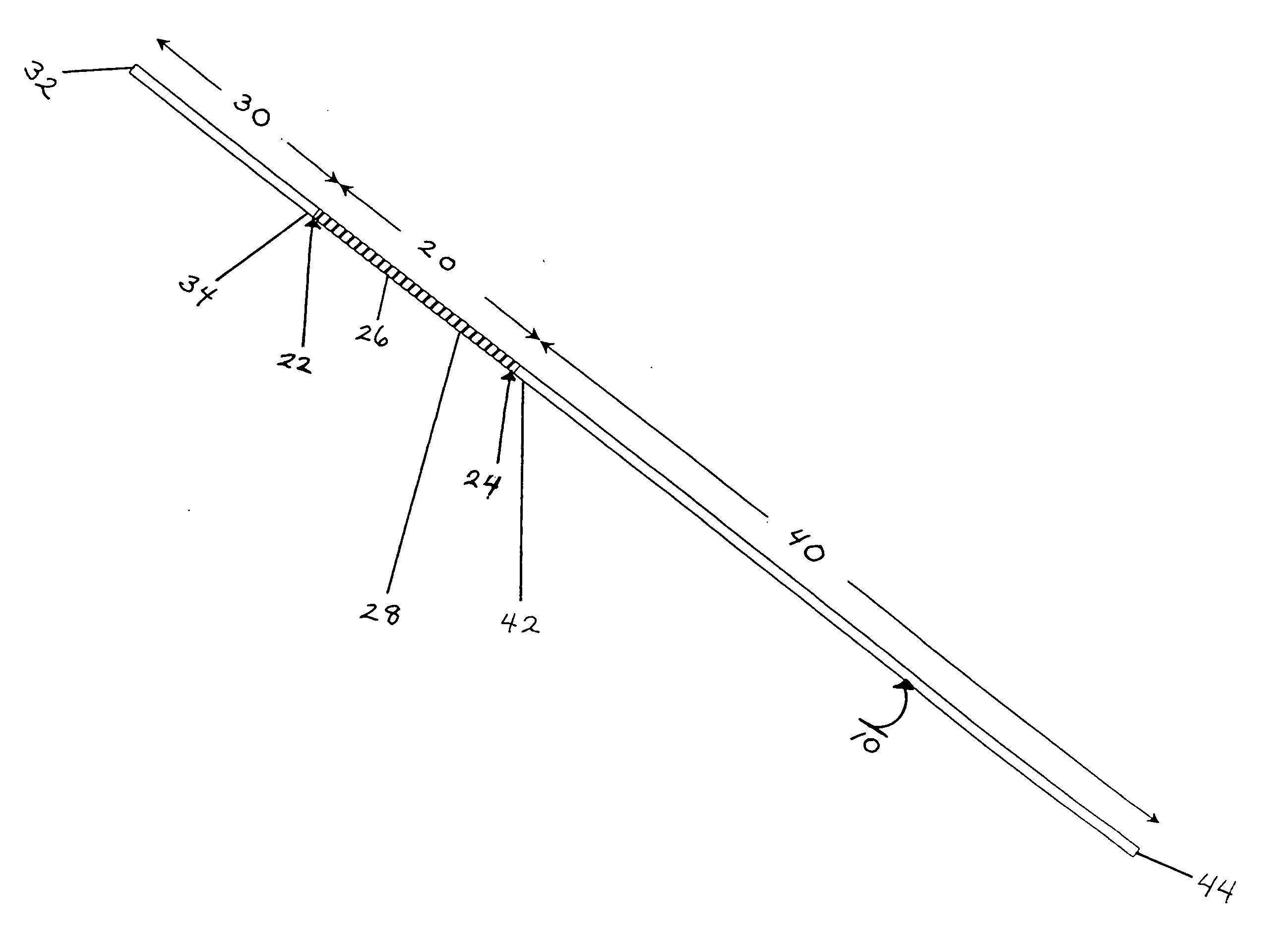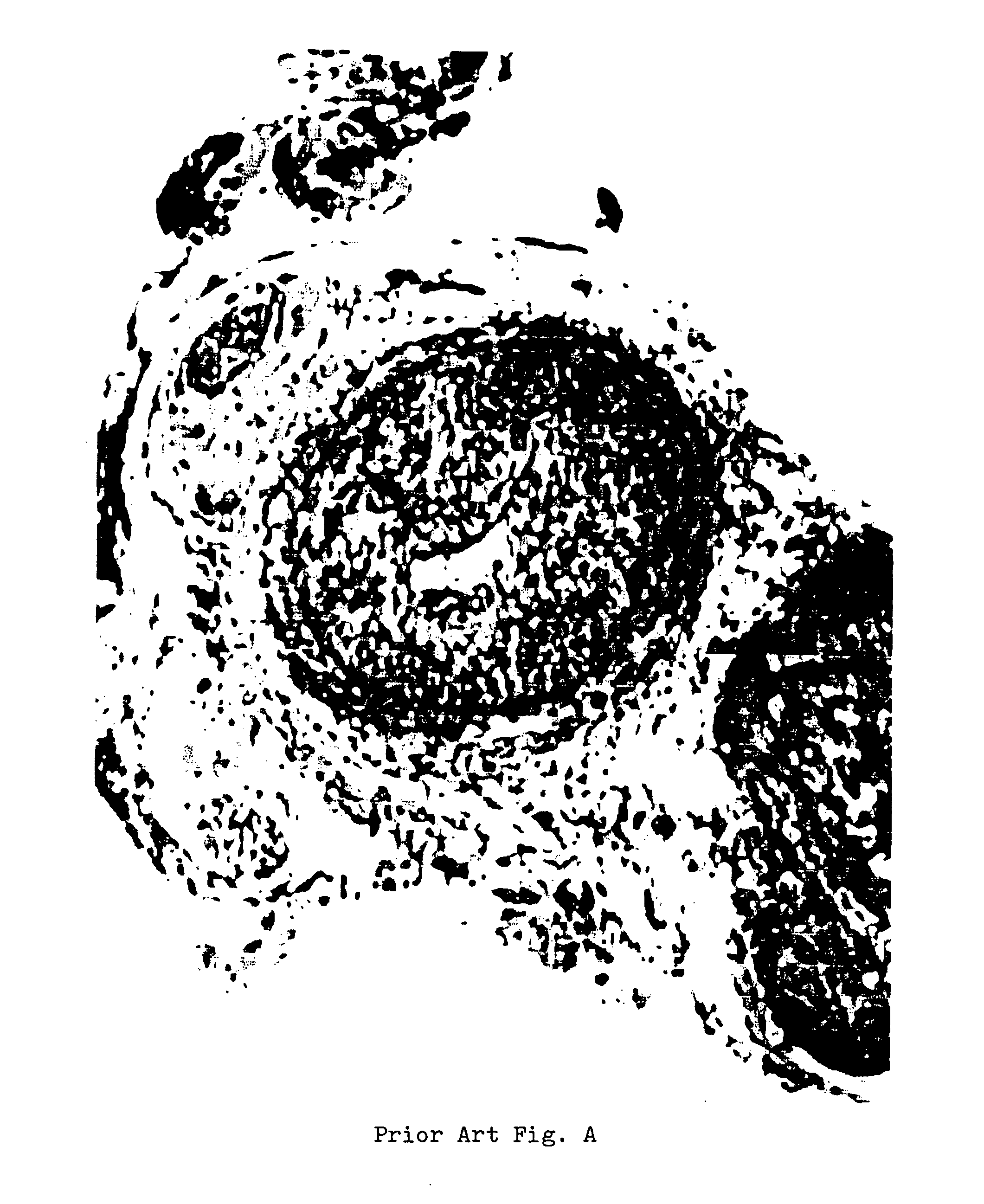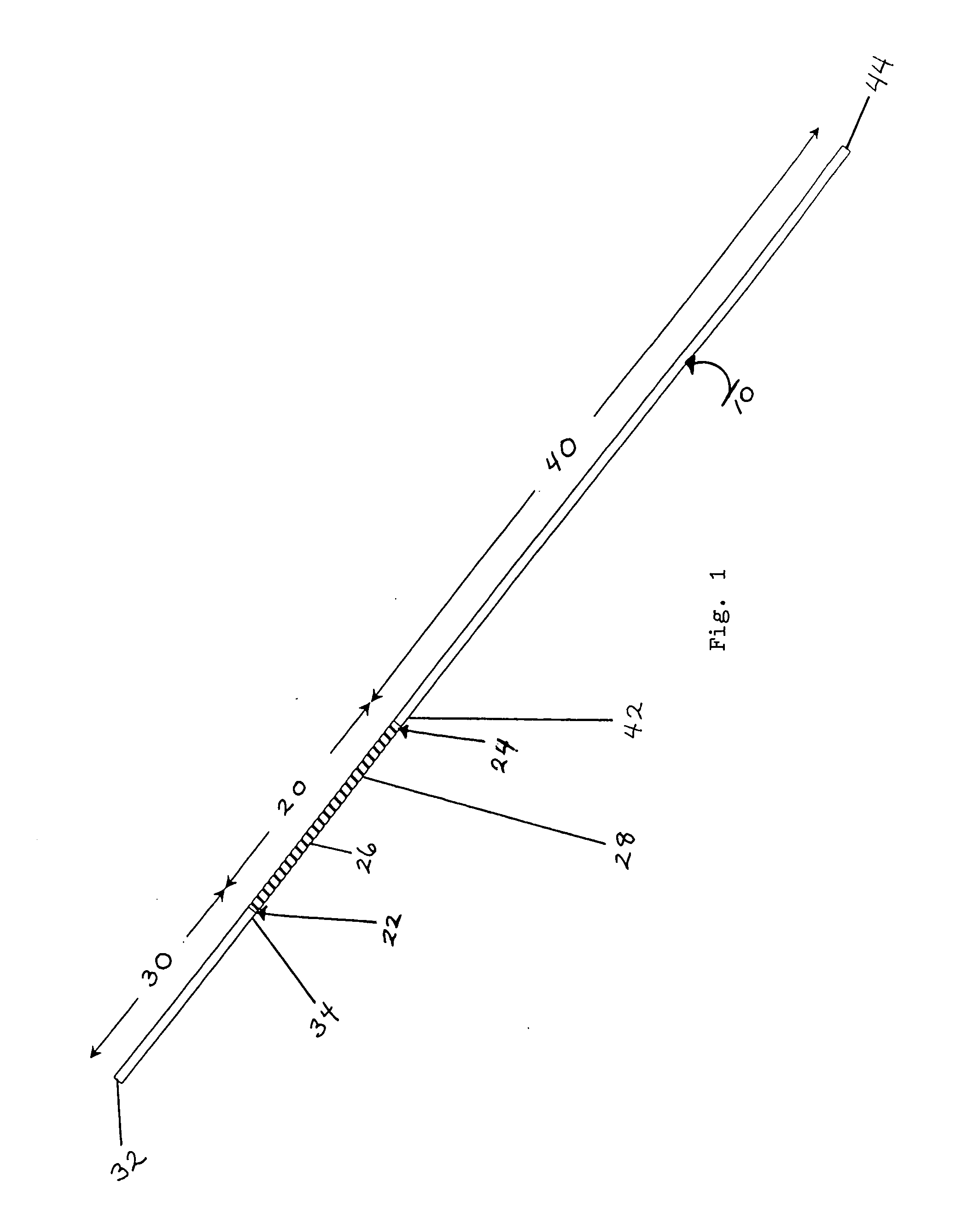Renal
disease continues to be an important cause of mortality and morbidity in the United States and throughout the world.
Unfortunately, because relatively few kidneys are presently available for
transplantation purposes, the overwhelming majority of patients suffering from ESRD must receive regular blood
dialysis treatments for the remainder of their lives.
Lastly, the price for medically treating ESRD continues to rise; for example, the cost to the Federal government for the medical management of ESRD is currently 17.9 billion dollars annually.
Hemodialysis is most often performed as an out patient procedure in approximately 3,600 approved centers in the U.S. In comparison, home
dialysis is an option that is becoming ever less popular because of the need for a trained helper, large-sized dialysis equipment, and the very high costs.
However, the vascular access is widely called the “Achilles
heel of dialysis” because of the markedly
high morbidity and mortality among
dialysis patients associated with complications of vascular access.
This combination of natural history failures,
comorbidity and complications of therapy results in approximately 67,000 deaths attributed to ESRD in the U.S. alone.
The Scribner shunt suffered from major infection and clotting problems; and required extensive post-operative and long-term care of the shunt.
Percutaneous catheter assemblies have been used in
hemodialysis since the early 1960's but for many years have been considered to be only a “temporary” form of vascular access because of their concomitant major infection and
stenosis problems.
Nevertheless, for many years, the risk of potentially life-threatening infection complications was considered to be so great that the
percutaneous catheter assemblies were withdrawn after each dialysis session and re-inserted when necessary to minimize the
risk of infection.
Note that subclavian
vein stenosis not only blocks
blood flow, making it impossible to conduct
hemodialysis; but also, catastrophically, can destroy all potential vascular access sites in one or both arms.
In addition, such tissue in-growth is believed by many medical practitioners to retard bacterial travel along the outer surface of the
percutaneous catheter assembly, although it does not prevent it entirely.
Yet, while numerous published reports suggest that the
cuff has reduced the
infection rate, clinical infections remain a major problem even with the use of cuffed
percutaneous catheter assemblies.
Furthermore, although it is not medically feasible to repeatedly puncture an
artery, formation of the
fistula “arterializes” the vein.
Surgeons have found that successful A-V
fistula maturation is not possible in most hemodialysis patients because of the greatly increasing number of diabetic and
older patients who have cardiovascular disease, which prevents the
maturation process.
Another reason for the low rate of usage is that since surgeons have failed so often to achieve
fistula maturation after performing the costly A-V fistula
surgery, the surgeon often will no longer even try this technique for creating a vascular access.
Since about half of all prospective patients have an immediate and urgent need to start hemodialysis as quickly as possible, the patient often cannot wait for A-V fistula maturation to occur.
Thus critical patients must undergo costly temporary procedures and use percutaneous catheter assemblies to enable dialysis to take place, while waiting for maturation to occur.
In addition, it is one of the unfortunate drawbacks of A-V fistula, even with careful
physical examination and / or the use of
doppler ultrasound or venography to identify suitable veins, that approximately 40-50% of patients do not have the
vascular anatomy sufficient to create a primary A-V fistula.
In addition, many dialysis veterans, for whom the use of an A-V fistula has previously failed, can no longer be considered as candidates for a primary A-V fistula.
Given the fact that A-V fistulas are largely not possible, a subcutaneously implanted PTFE
prosthetic graft is today the most common form of permanent vascular access for the overwhelming majority of hemodialysis patients—because, in
spite of the some severe limitations and risks for the conventionally known PTFE
prosthetic graft, there simply is no better alternative available for them to date.
A herein, neointimal hyperplasis results in the narrowing or “
stenosis” of the distal outflow portion of the prosthetic graft device, and ultimately causes
thrombosis of the entire length of the prosthetic graft, thereby rendering it unusable for dialysis.
Although the
thrombus can theoretically be removed, the underlying cause cannot; and thus the patient enters a spiral phase of recurrent failure, hospitalization and
surgery.
Despite innumerable attempts of various kinds over the years to prevent this particular cause of graft
thrombosis and secondary failure, there have been few substantive advances to date.
Clearly therefore, the major disadvantages of the implanted PTFE prosthetic grafts are stenosis (i.e., closing of the lumen) and thrombosis (i.e., clotting), both of which block the flow of blood.
This dysfunction occurs in almost all graft patients several times during their lives; and, because it interferes with life-sustaining dialysis, must be corrected quickly.
Medical interventions to maintain PTFE prosthetic grafts and to treat patient complications (infection, thrombosis and
aneurysm formation) are also expensive.
Although these additional procedures add cost and inconvenience, they have yet to improve significantly the mean time interval between interventional repairs, although they may in fact improve the prosthetic
graft survival life as such.
 Login to View More
Login to View More  Login to View More
Login to View More 


